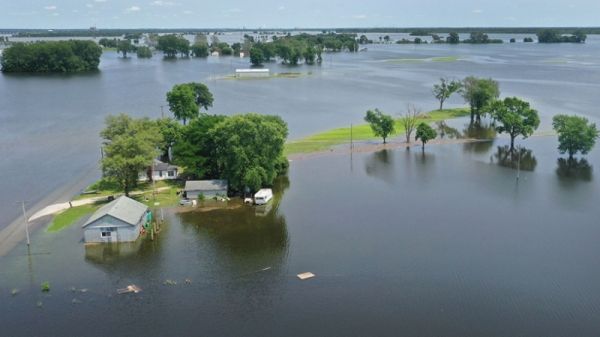Published recently in the Geological Society of America’s journal GSA Today, the study compared historical atmospheric carbon data against observations of herbarium leaf specimens to quantify the relationship between rising carbon levels and increasingly catastrophic floods in the American Midwest.
Using data covering more than two centuries, researchers demonstrated that as carbon levels in the atmosphere have risen due to the burning of fossil fuels, the ability of plants to absorb water from the air has decreased. That means more rainfall makes its way into rivers and streams, adding to their potential for damaging floods.
Co-authored by UO Museum of Natural and Cultural History geologist Greg Retallack and earth sciences graduate student Gisele Conde, the study focused on Ginkgo biloba leaf specimens representing a time span of just over 260 years.
Continue reading at University of Oregon
Image via University of Oregon


